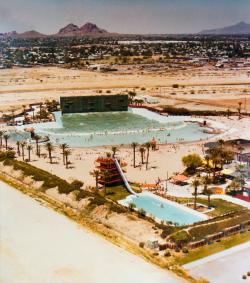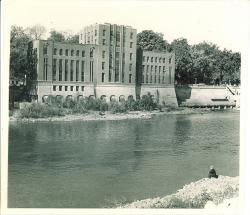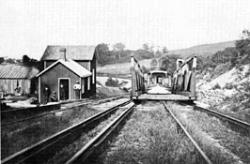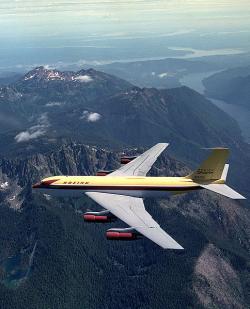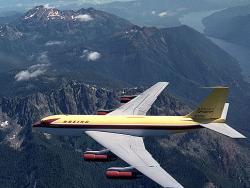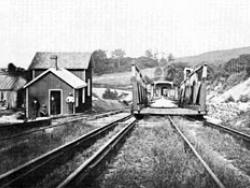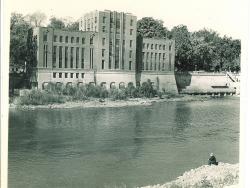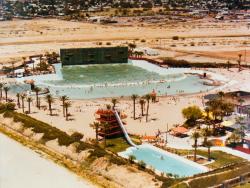The first wave pool in North America to consistently generate 3-5 foot spilling waves suitable for surfing
Big Surf Waterpark uses 15 gates that empty water into a 2.5 acre lagoon with contours that replicate a natural beach. Waves are produced by pumping water to a pre-selected height and released through underwater gates. The water released breaks over a baffle (similar to a natural reef), forming one wave per cycle. Water is recirculated to the lagoon through pumps.


